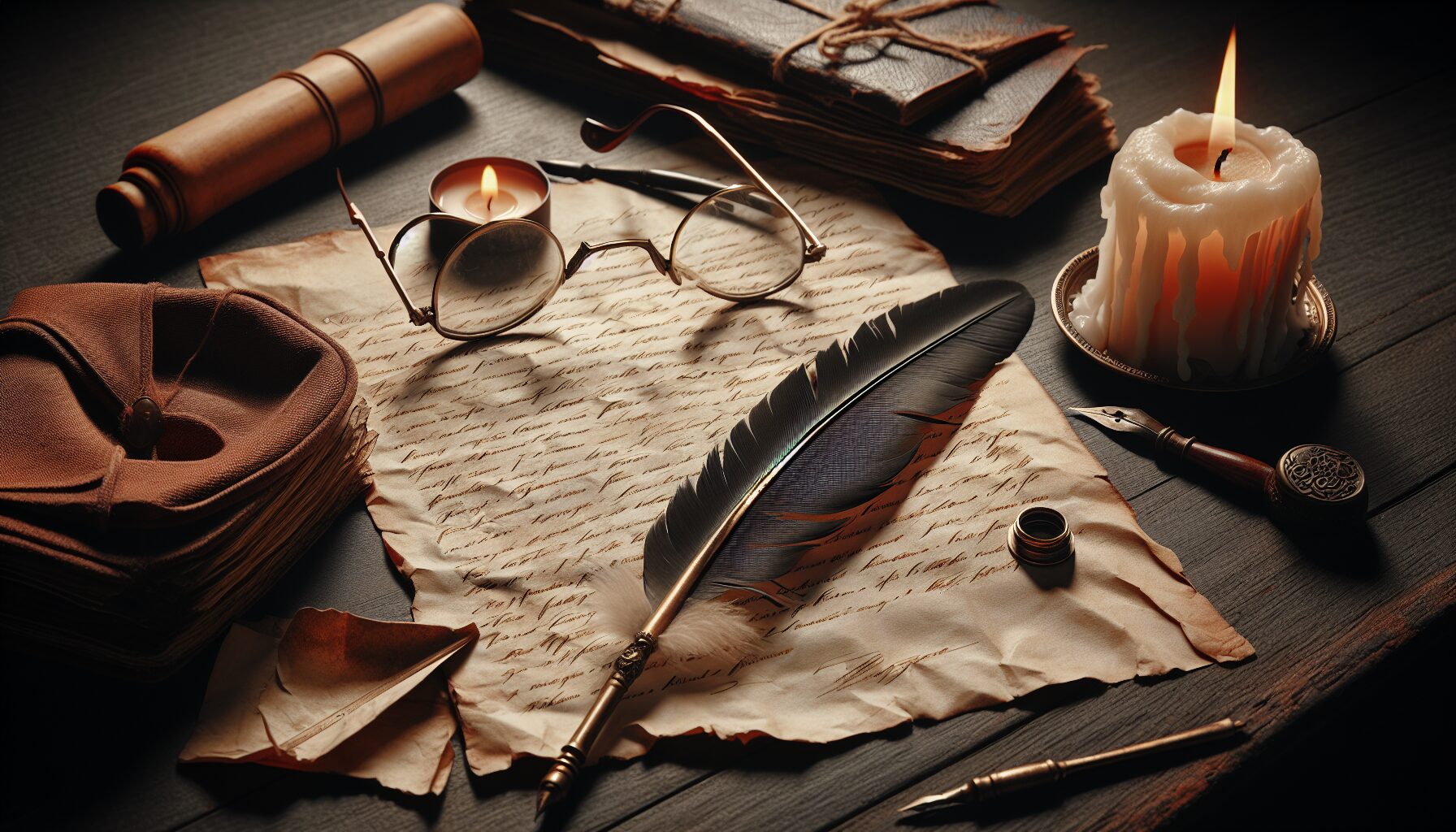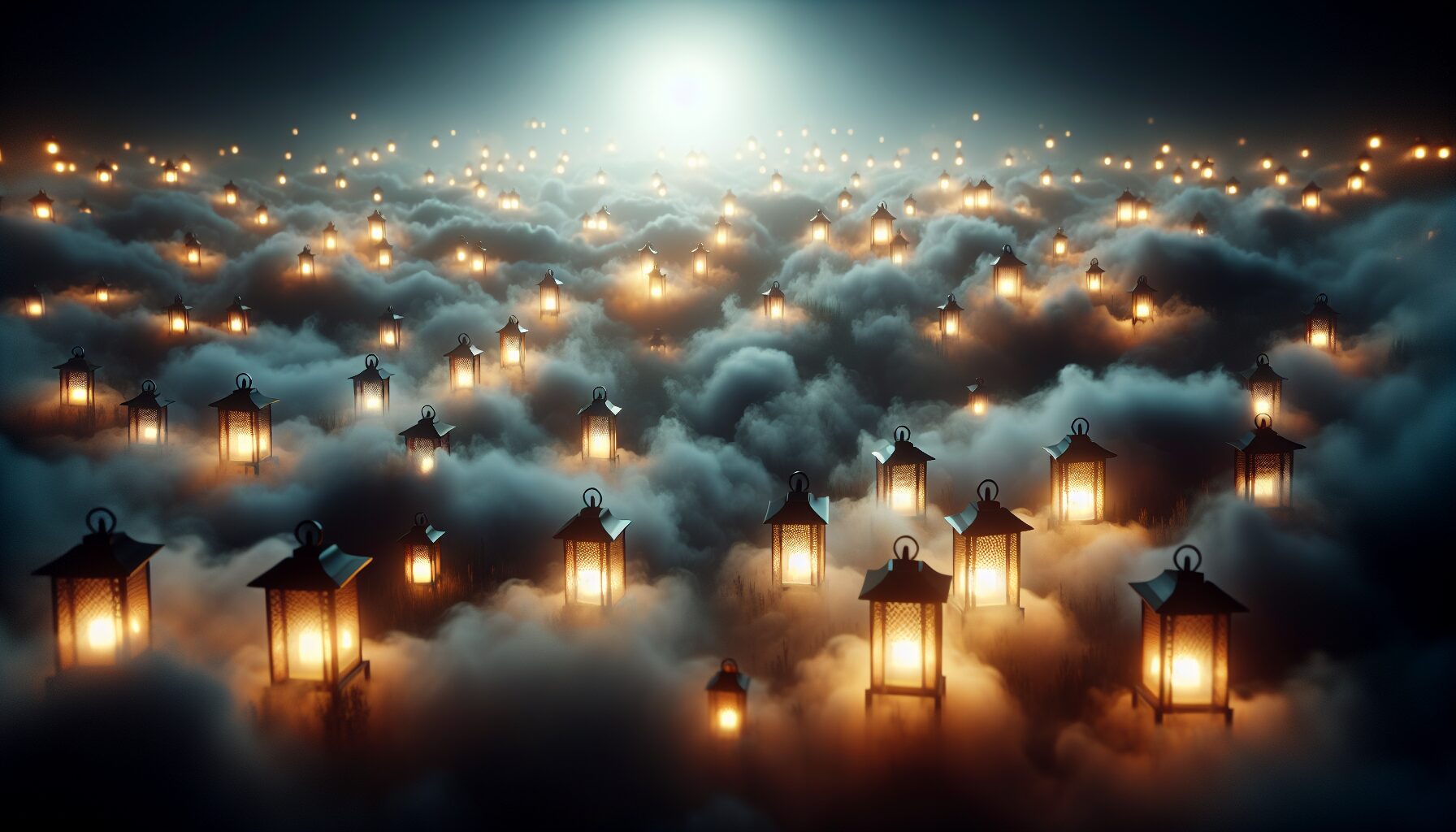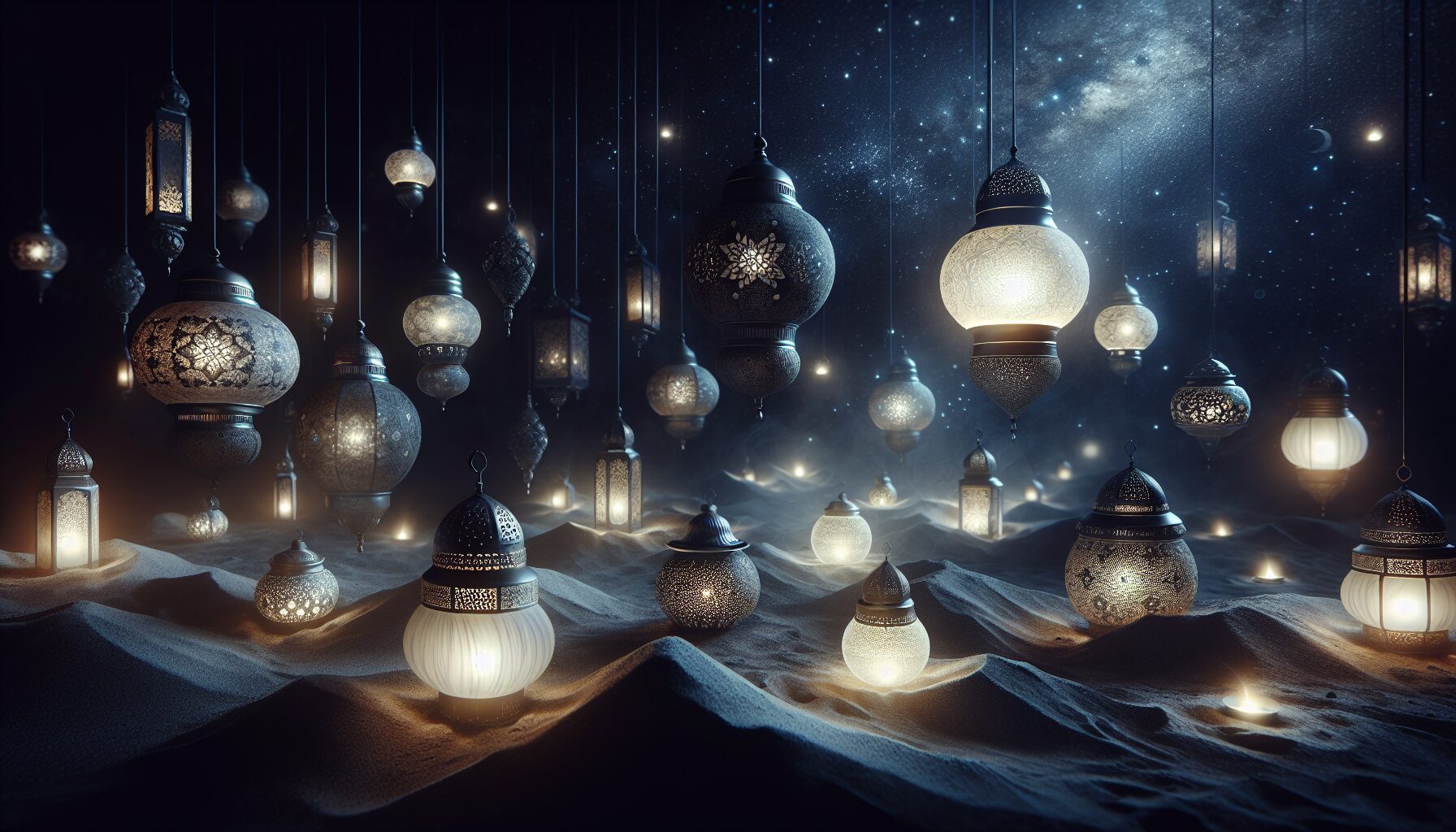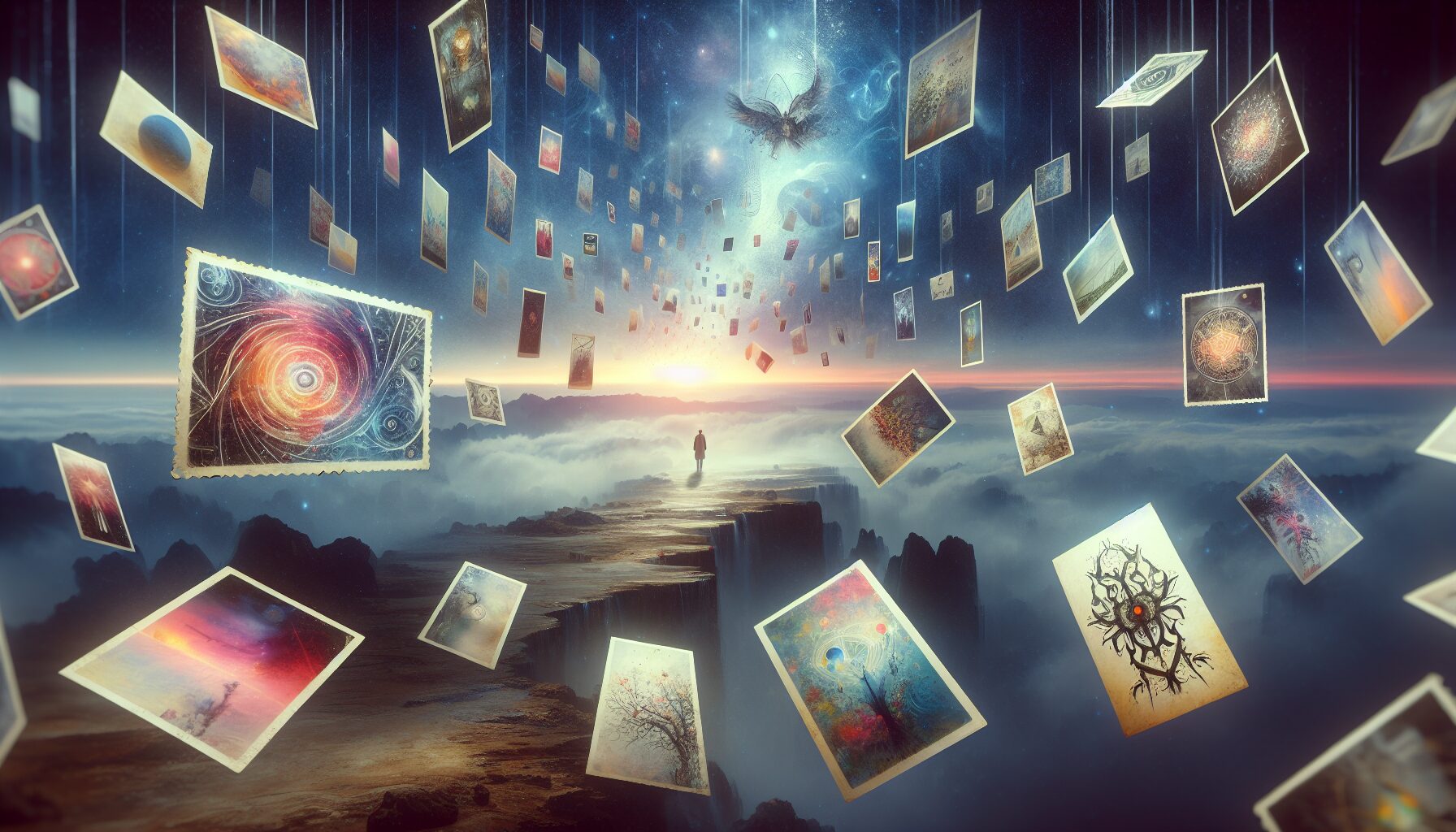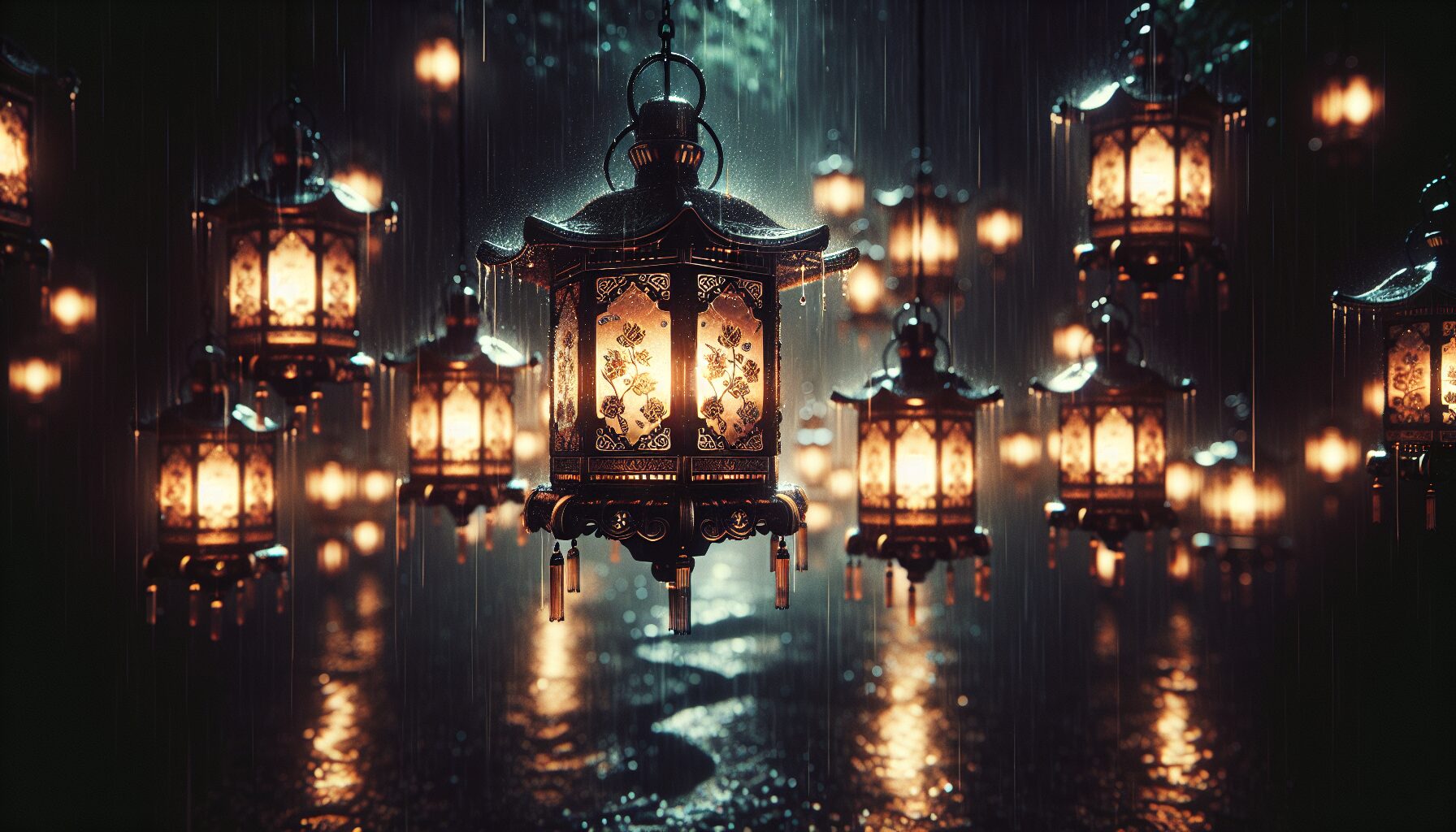The Vanishing Point: Existential Reflections on Time and Space
The concept of the vanishing point bridges the realms of art and philosophy, offering contemplation on existence through the lenses of time and space. In art, the vanishing point is where lines converge, granting the illusion of depth on a flat surface. In existence, it prompts reflection on our journey through time and the spaces we inhabit.
The Convergence of Lines: Perspective in Time
Understanding time and space often begins with understanding how we perceive reality. Just as artists use perspective to create depth, our perception shapes the way we experience existence. The vanishing point, in this context, symbolizes a future moment, a time yet to come where all of our actions and decisions converge.
“Time is what prevents everything from happening at once.” – Ray Cummings
Time is linear in human perception, constantly moving forward. Yet, philosophers like Henri Bergson argue that time is a continuous flow, better understood as duration rather than a series of discrete points. Our focus on future “vanishing points” may lead us to neglect the present, the true canvas on which we paint our lives.
Spaces We Inhabit: A Canvas of Experiences
The spaces through which we move influence how we perceive time. Urban environments with their bustling rhythms skew our perception, making days seem longer due to the density of experiences packed into them. Conversely, natural spaces can stretch time, allowing moments of stillness and reflection.
- Urban Spaces: The fast-paced life demands that we focus on future goals, the next vanishing point on our horizon.
- Natural Spaces: These environments encourage us to embrace the present moment, offering a respite from the relentless march towards the future.
In philosophical discussions, space is not just the physical distance between objects but also the environment where events unfold. The space we choose to inhabit, like the brushstrokes on a canvas, defines our experiences and shapes our personal narratives.
The Existential Question: What Awaits at the Vanishing Point?
The idea of a vanishing point in life prompts existential questions about purpose and destiny. If all lines of our life converge at a single point in the future, what lies there? Is it fulfillment, as suggested by Taoist philosophies, or merely an illusion akin to the artistic trickery on canvas?
Jean-Paul Sartre claimed that “existence precedes essence,” positing that we must create meaning in our own lives. In this view, the vanishing point is not predetermined, but something we construct through our choices and actions.
“Man is condemned to be free; because once thrown into the world, he is responsible for everything he does.” – Jean-Paul Sartre
Navigating the Ephemeral Journey
To ponder time and space is to engage with the ephemeral nature of our journey. We strive to exert control, to direct our narrative towards a meaningful vanishing point. Yet, we are often faced with uncertainty, akin to navigating uncharted waters, relying on the stars above as guides.
- Mindfulness: Embracing the present moment through mindfulness can anchor us amidst the chaos of future ambitions.
- Reflection: Regular reflection allows for a recalibration of our trajectories, ensuring our actions align with our innermost values.
In the end, the vanishing point is both a concrete goal and an illusion, a reminder to live intentionally in both the present and future dimensions of our existence. Our understanding of time and space is part of a larger philosophical endeavor to grasp our place in the universe. As we traverse the vast landscapes of life, let the vanishing points not just shape our paths but also enrich our experiences along the way.
This exploration encourages us to look beyond the simplicity of lines on paper, challenging us to see time and space as interconnected, continuously shaping our understanding of reality. For further reading on the philosophical implications of space-time, explore the Encyclopedia Britannica’s comprehensive guide.



